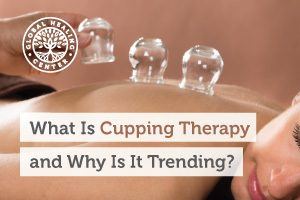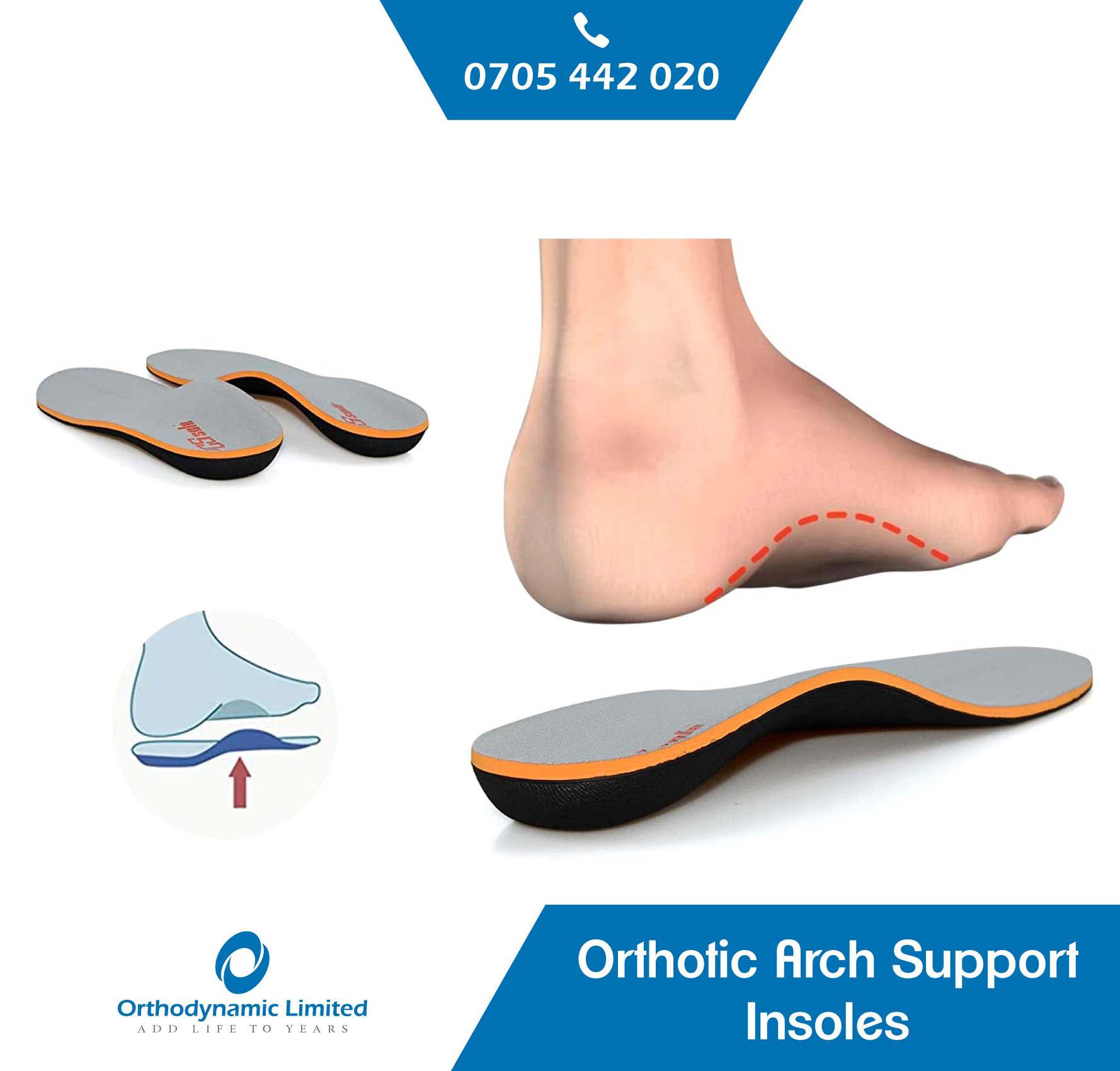Cupping Therapy
Cupping therapy is an ancient practice that is now considered part of the complementary and alternative (CAM) medicine category, along with acupuncture and aromatherapy. During a cupping therapy session, a massage or acupuncture therapist applies suction cups to various areas of the body. The cup may be made of bamboo, plastic, or glass; traditionally, horns and shells have also been used. While the cup is in place, suction stimulates blood flow and even causes blood to leak into the skin and produce a hickey-like red or purple bruise. Reported benefits include joint and muscle pain relief increased blood flow and reduced inflammation.
Types
There are different methods of cupping, including:
- Dry
- Wet
During both types of cupping, your therapist will put a flammable substance such as alcohol, herbs, or paper in a cup and set it on fire. As the fire goes out, he puts the cup upside down on your skin.
As the air inside the cup cools, it creates a vacuum. This causes your skin to rise and redden as your blood vessels expand. The cup is generally left in place for up to 3 minutes.
A more modern version of cupping uses a rubber pump instead of fire to create the vacuum inside the cup. Sometimes therapists use silicone cups, which they can move from place to place on your skin for a massage-like effect.
Wet cupping creates a mild suction by leaving a cup in place for about 3 minutes. The therapist then removes the cup and uses a small scalpel to make light, tiny cuts on your skin. Next, he or she does the second suction to draw out a small quantity of blood.
The Health Benefits of Cupping Therapy
According to advocates, cupping increases blood flow to the areas where the cups are placed, making it an effective way to relieve muscle pain and accelerate recovery. Some proponents insist that cupping helps the body repair muscle damage by pulling nutrients into the affected areas, but there’s no hard, scientific data to support the idea.
Alternatives to Cupping Therapy for Muscle Pain
Of course, there are other methods for relieving discomfort that have stronger scientific evidence. An ice compress is an excellent way to relieve sore muscles because the cold helps control inflammation in the affected area. Ointments that contain menthol are especially helpful for soothing stiff, sore muscles.
What natural methods or therapies do you use to relieve muscle soreness? Leave a comment below and tell us!
Side Effects
Cupping is fairly safe, as long as you go to a trained health professional. But you could have these side effects in the area where the cups touch your skin:
- Mild discomfort
- Burns
- Bruises
- Skin infection
To learn more about cupping contact our therapists






